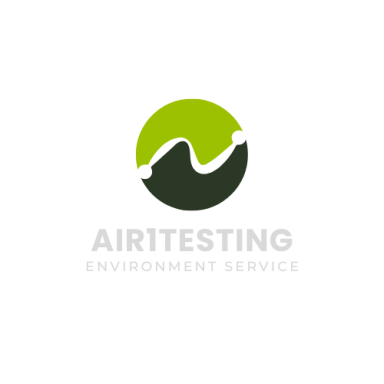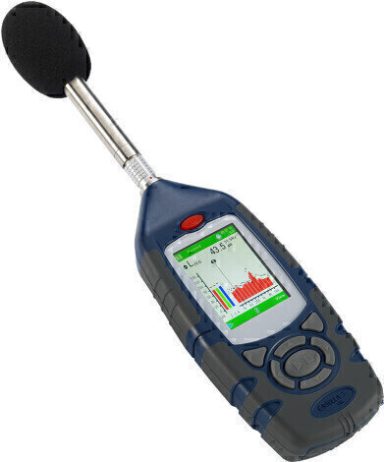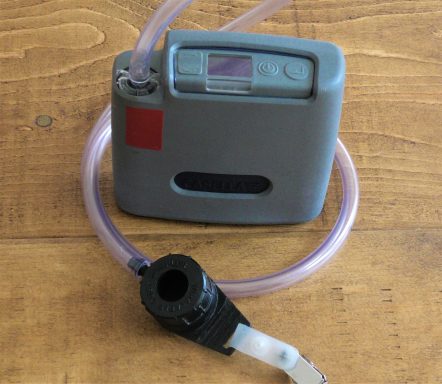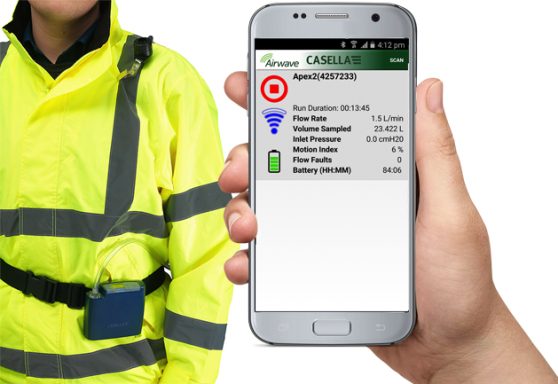01
Tagline
What is workplace exposure monitoring
Workplace exposure monitoring is the process of measuring and assessing the levels of hazardous substances in the air that workers breathe during their daily tasks. It plays a vital role in protecting employee health and ensuring legal compliance with UK regulations
02
Tagline
This involves
- Personal air sampling to measure what individual workers inhale
- Static sampling to assess background levels in the workplace
- Biological monitoring to determine how much of a substance has entered the body
03
Tagline
Monitoring is important
- Protecting worker health from long-term illnesses caused by dusts, fumes, vapours, and gases
- Demonstrating compliance with legal limits set by the Health and Safety Executive (HSE)
- Evaluating the effectiveness of control measures like ventilation systems and PPE
- Identifying risks early before they lead to costly health claims or enforcement action
Tagline
UK Regulations
1. COSHH Regulations 2002
The Control of Substances Hazardous to Health (COSHH) Regulations require employers to:
- Assess risks from hazardous substances
- Prevent or control exposure
- Monitor exposure levels when necessary (Regulation 10)
- Maintain records of monitoring for up to 40 years
2. EH40/2005 Workplace Exposure Limits
This HSE publication lists over 500 substances with legally binding Workplace Exposure Limits (WELs). These limits are expressed as:
- Short-term exposure limits (STELs) – typically 15 minutes
- Long-term exposure limits (LTELs) – typically 8 hours
3. Control of Lead at Work Regulations 2002
Employers must monitor lead exposure and ensure it remains below prescribed limits.
4. Control of Asbestos Regulations 2012
04
Tagline
Substances that are monitored
Common substances monitored in UK manufacturing environments include:
- Respirable crystalline silica (RCS)
- Wood dust
- Welding fumes
- Isocyanates
- Diesel engine exhaust emissions (DEEE)
- Volatile organic compounds (VOCs)
- Oil mist and metalworking fluids
- Chromium, lead, and other heavy metals
05
How monitoring supports success
Workplace exposure monitoring helps businesses:
- Avoid fines and enforcement notices
- Improve employee wellbeing and retention
- Meet ISO and HSE audit requirements
- Build trust with clients and stakeholders
- Strengthen brand reputation as a safety-conscious employer
06
Sampling Equipment
The gallery below showcases the advanced sampling equipment used at Air1Testing.
See how we implement MDHS methods to ensure accurate workplace exposure assessments. Our state-of-the-art tools are integral in evaluating workplace conditions and ensuring compliance with health and safety regulations.
Each piece of equipment is chosen to comply with MDHS methods of sampling, working closely with selected accredited laboratories and the Institute of Occupation Medicine, supporting our commitment to excellence in environmental testing services. Delve into our collection to appreciate the technology behind our rigorous assessment processes and the dedication to fostering safer workplaces across various industries.
Explore the Essentials of Workplace Exposure Testing
At Air1Testing, we are committed to ensuring safety in the workplace. Understanding the various methods of workplace exposure testing is crucial for maintaining workplace safety standards. This page aims to inform you about the different MDHS (Methods for Determining Hazardous Substances) methods, their applications, and the importance of accurate sampling techniques.

What are MDHS Methods?
An Insight into MDHS
MDHS methods refer to a series of protocols established for the assessment of hazardous substance exposure in different working environments. These methods are critical for effectively identifying and quantifying exposure levels, guiding employers to enforce safety measures that protect employees.

Importance of Accurate Sampling
Why Sampling Matters
Accurate sampling is essential in the evaluation of workplace exposure levels. It forms the basis for informed decision-making regarding health and safety policies.
Average exposure rates can be compared with those published in EH40.
Poor sampling can lead to underestimating hazards, resulting in serious health implications for workers.

MDHS Guidelines Overview
Guidelines
MDHS guidelines offer detailed instructions on sampling strategies, analytical procedures, and reporting methods. Following these guidelines ensures compliance with legal requirements and promotes effective hazard management within the workplace.

Implementing MDHS Methods at Air1Testing
Commitment to Safety
At Air1Testing, we implement the MDHS methods to conduct thorough exposure testing. Our trained professionals ensure that all sampling and testing procedures adhere to strict protocols, providing reliable data for our clients and promoting a safer work environment.





